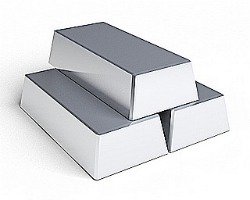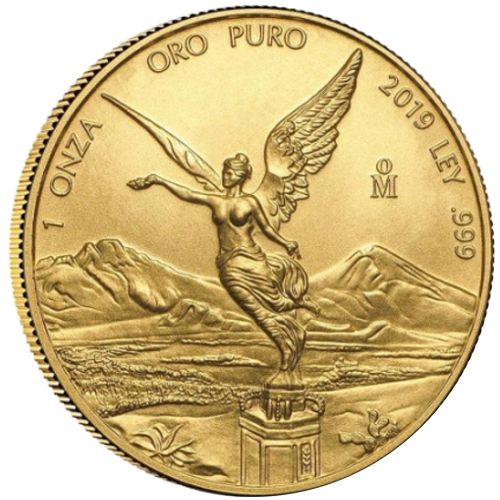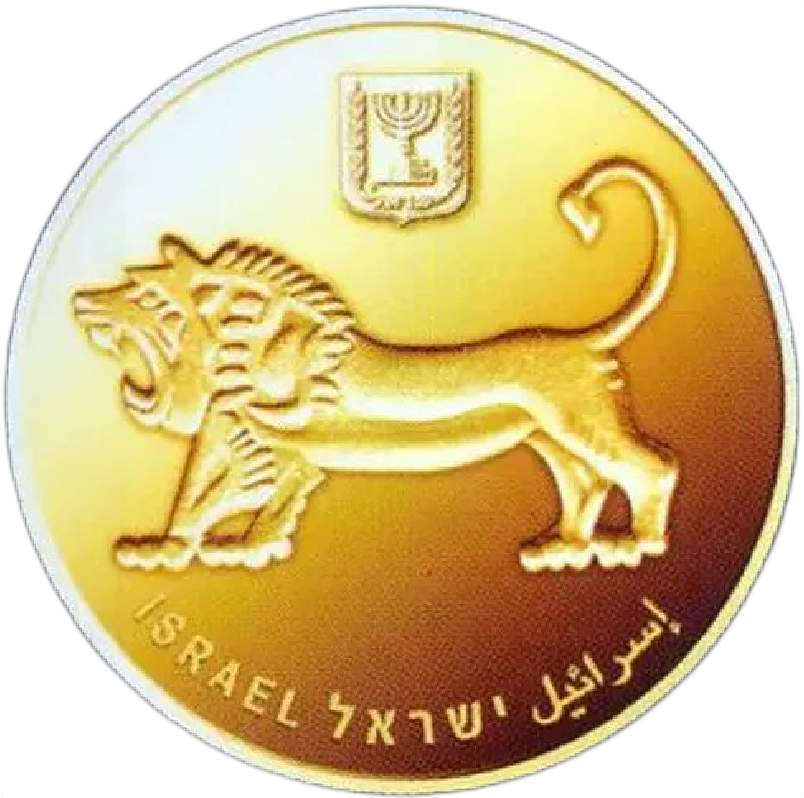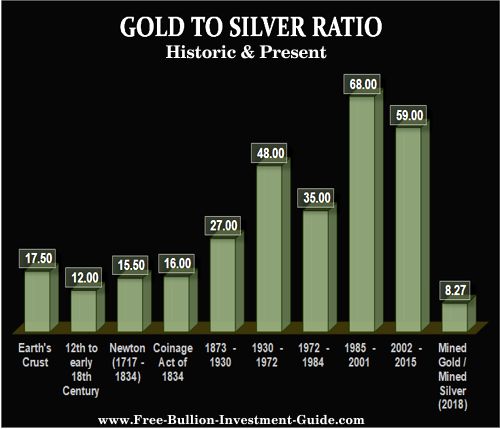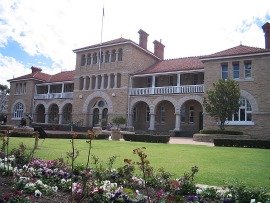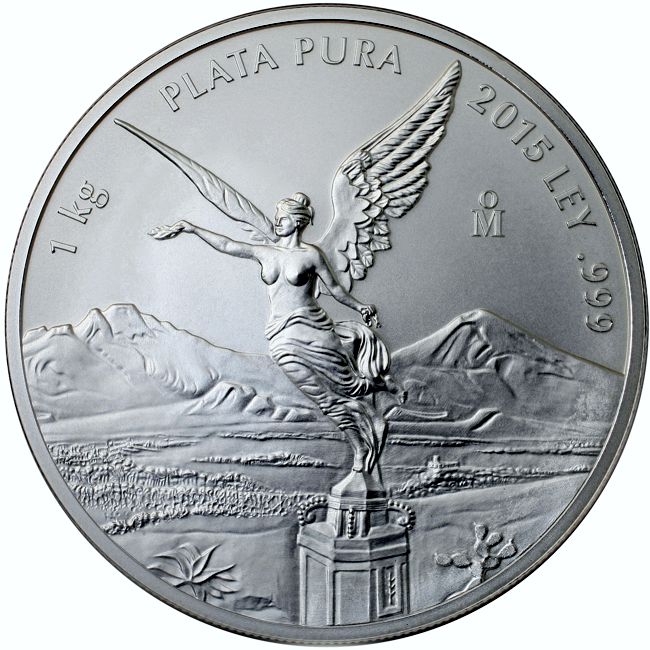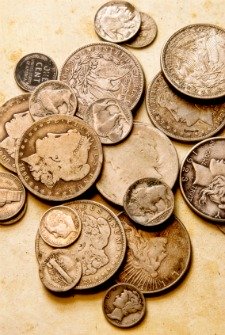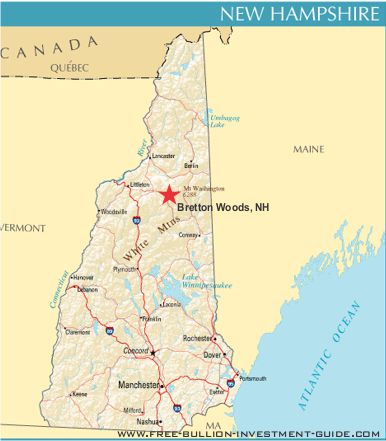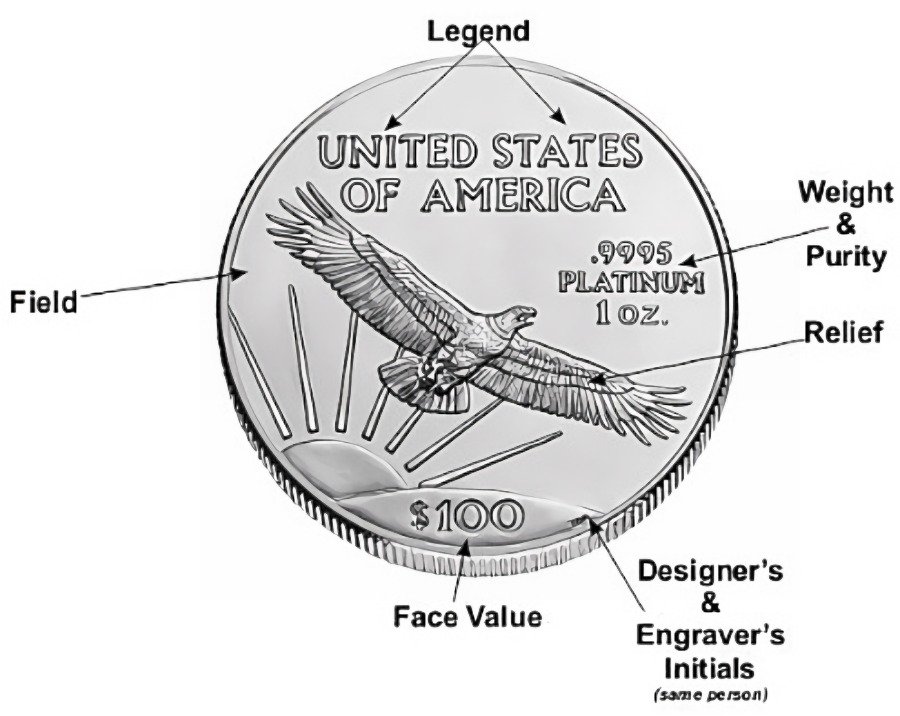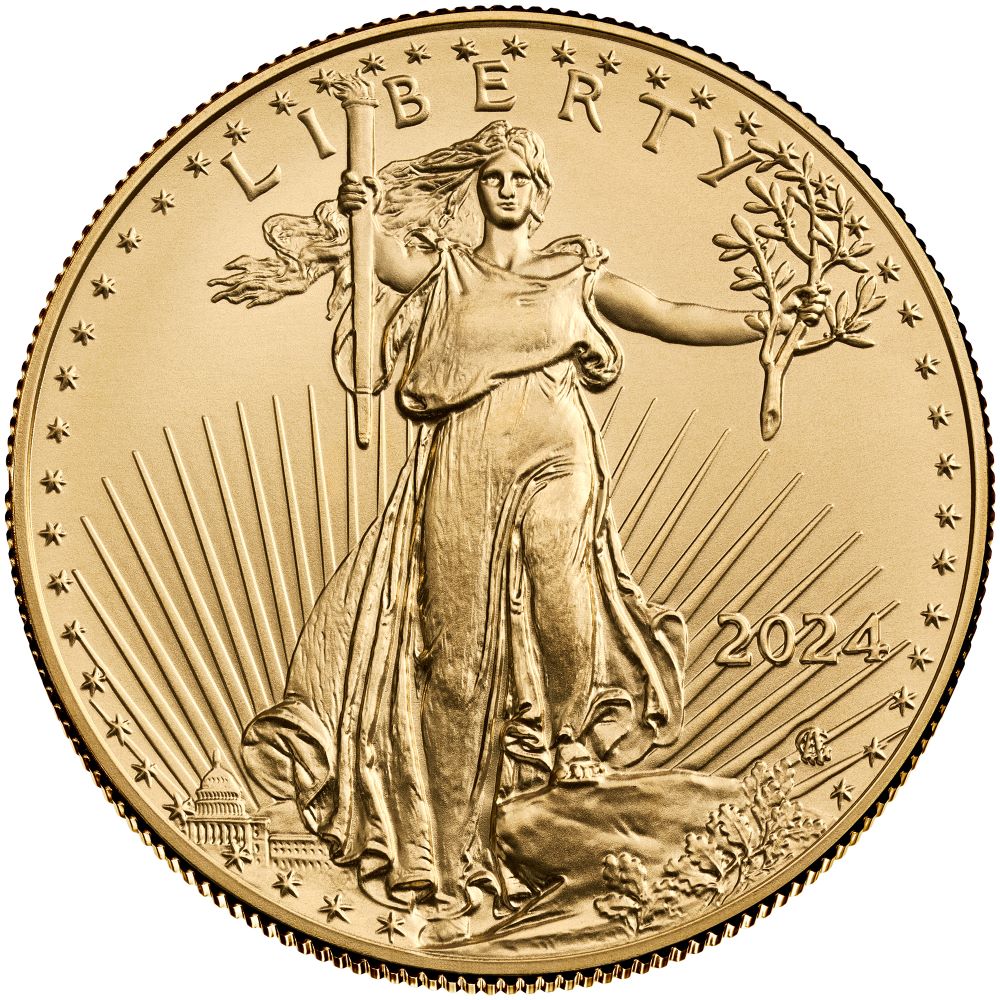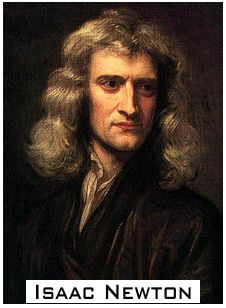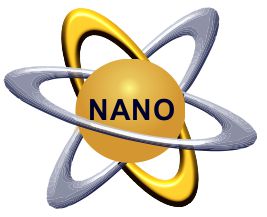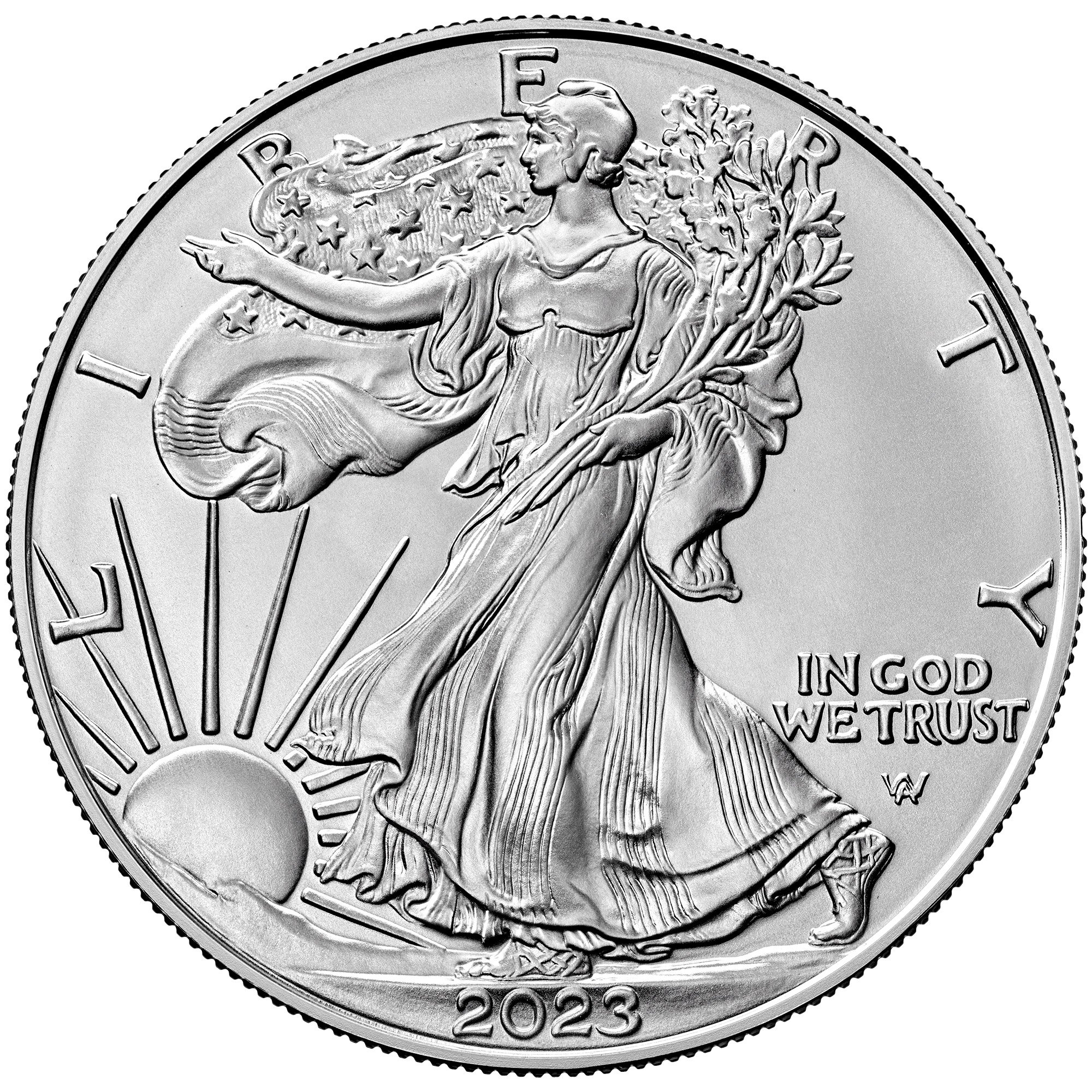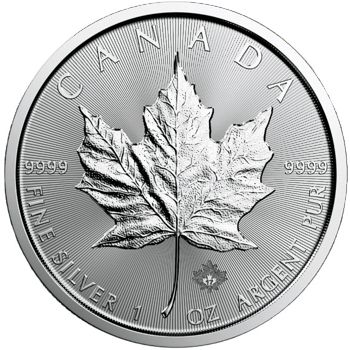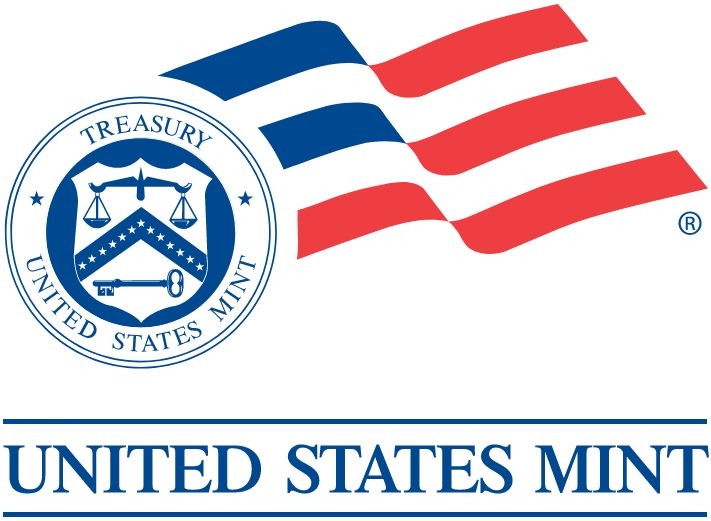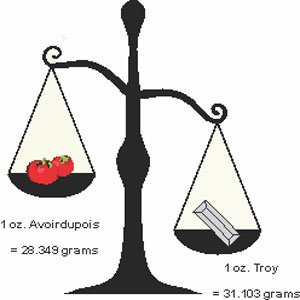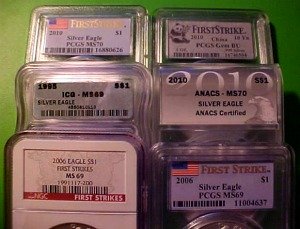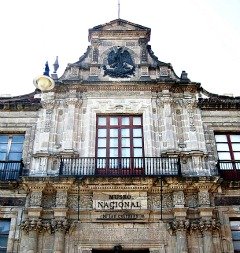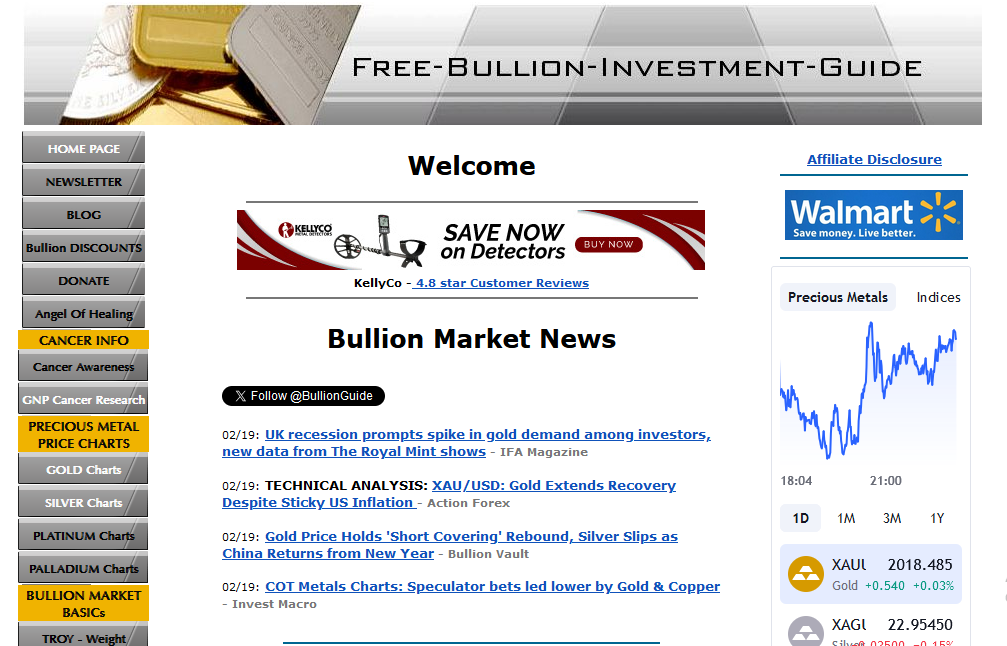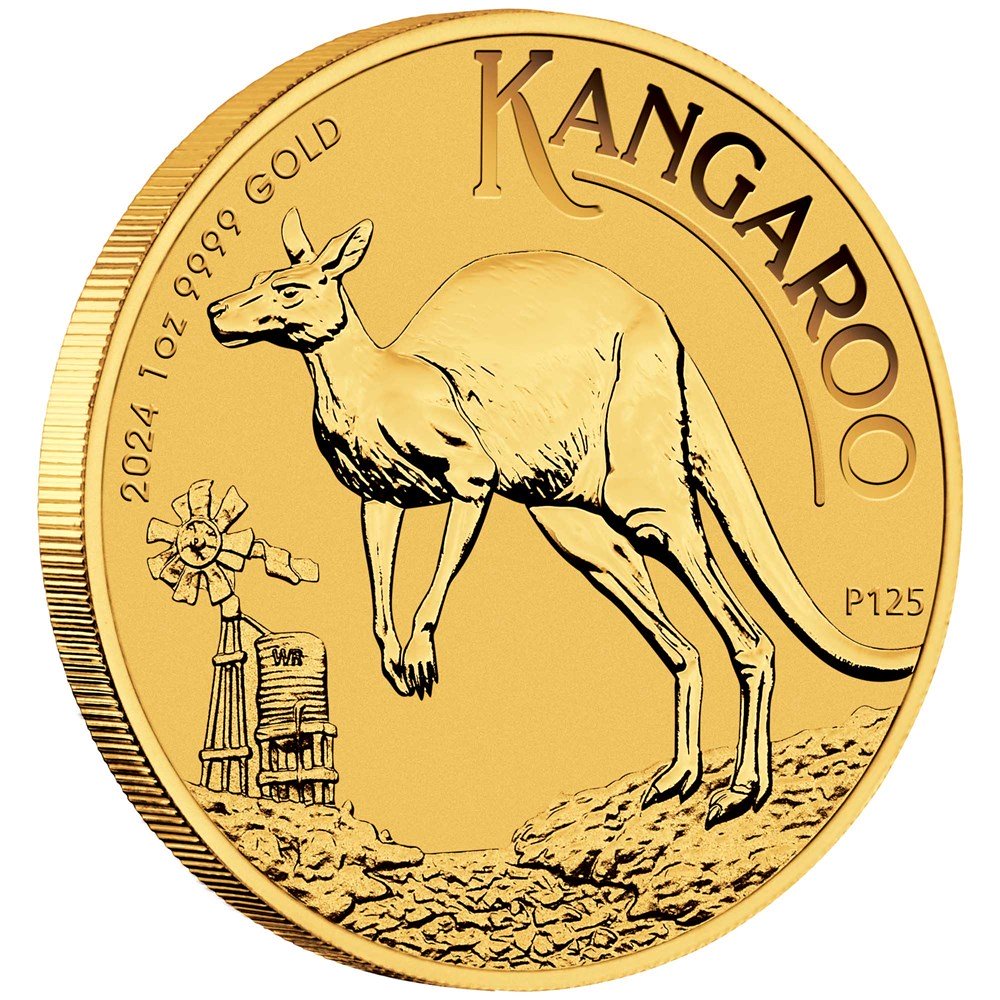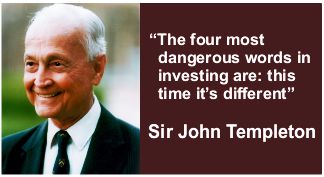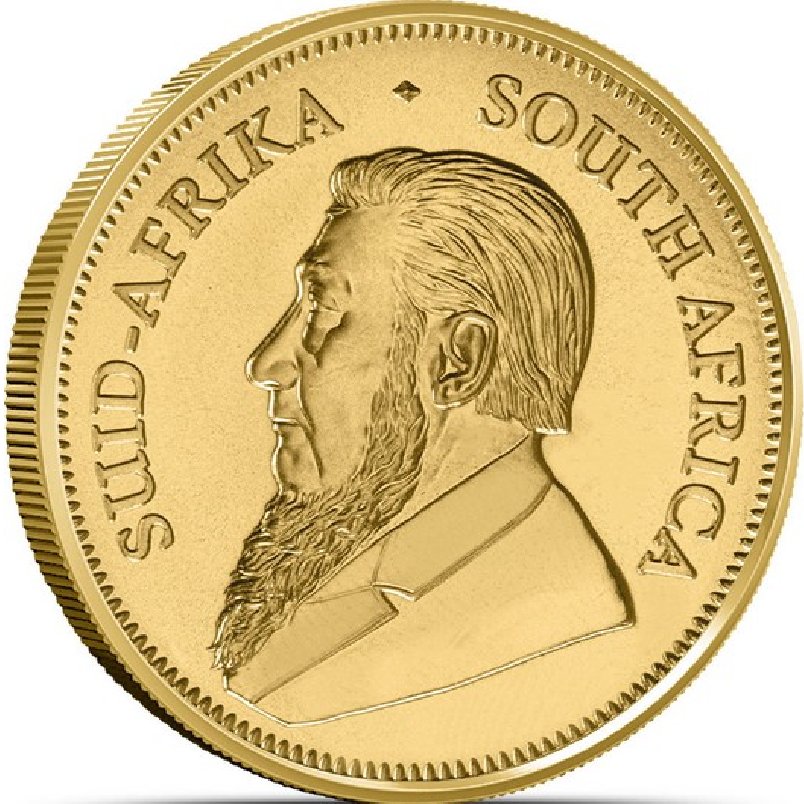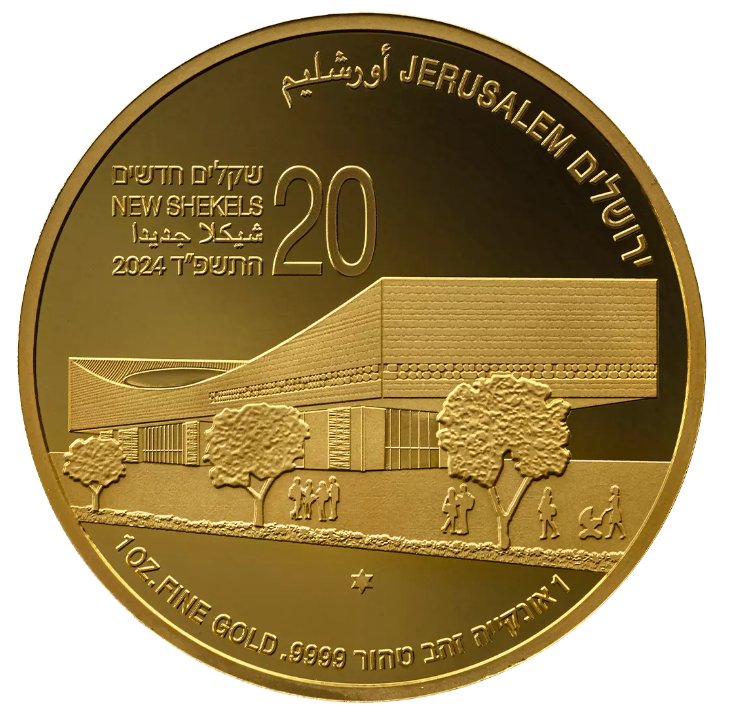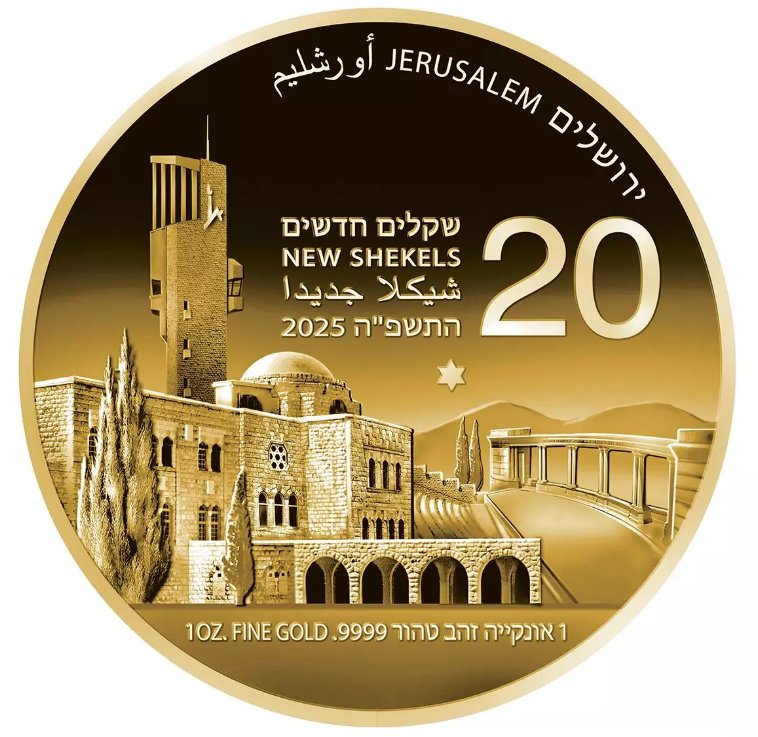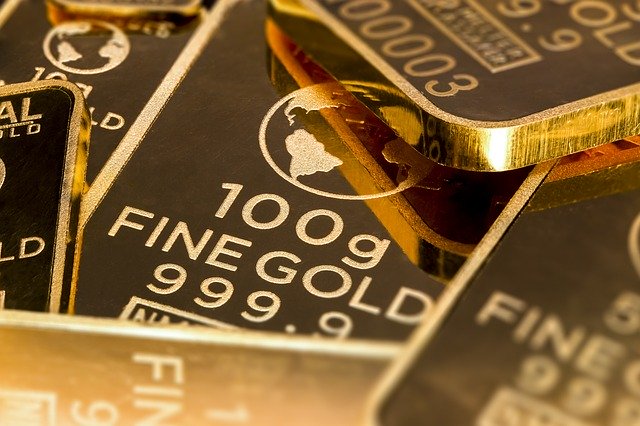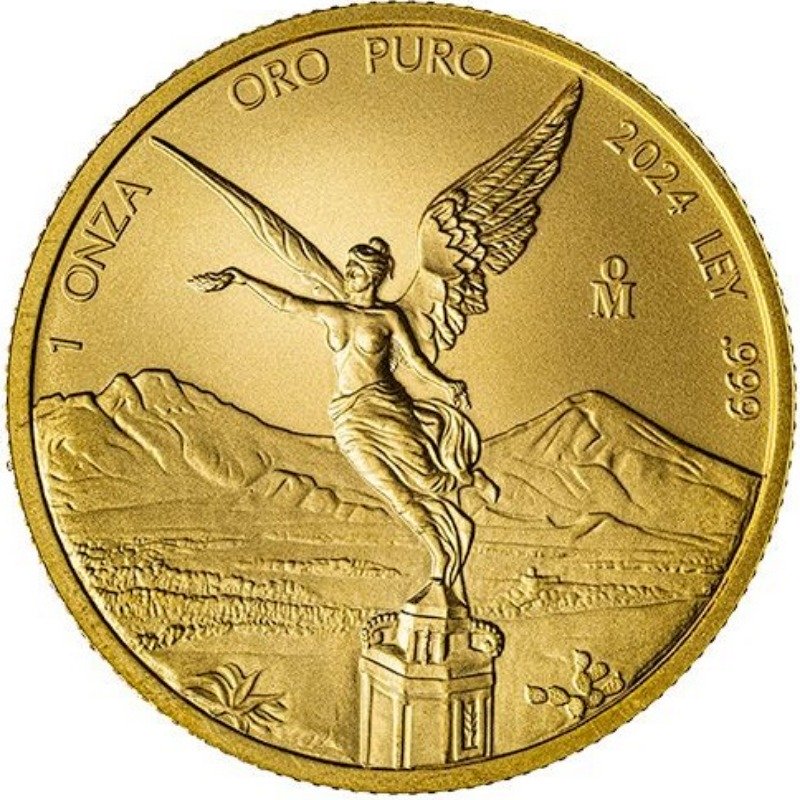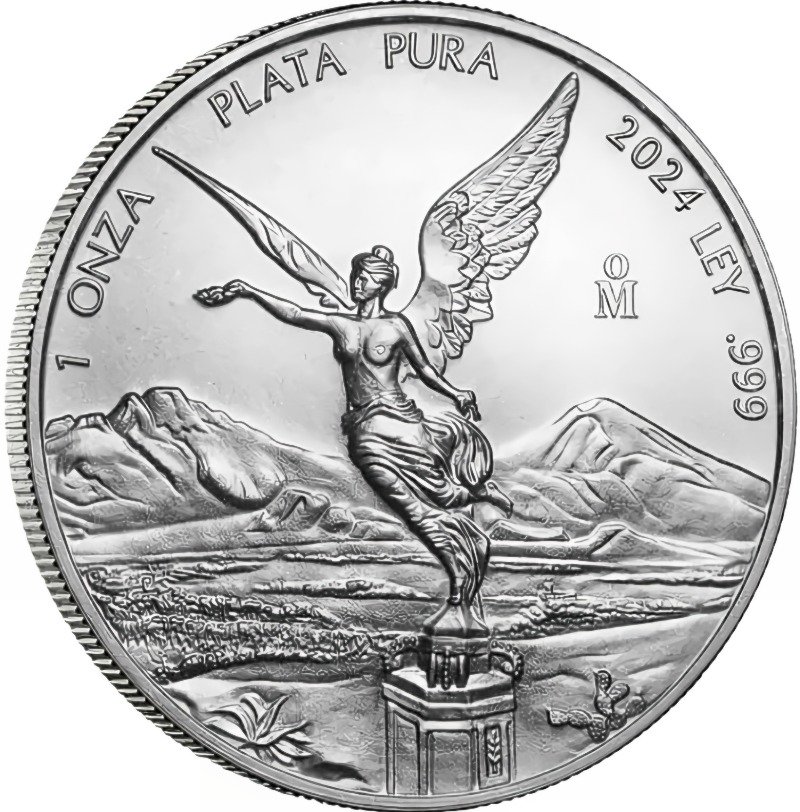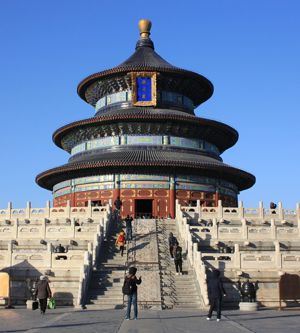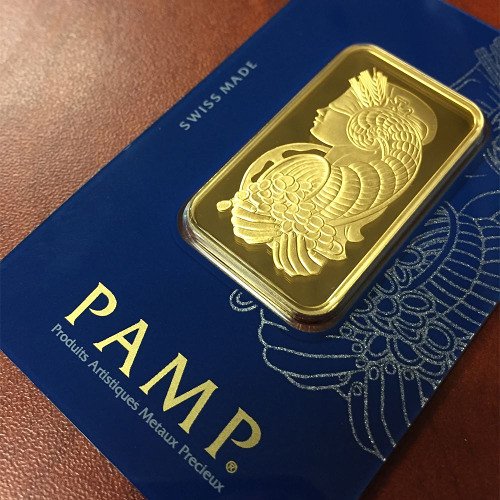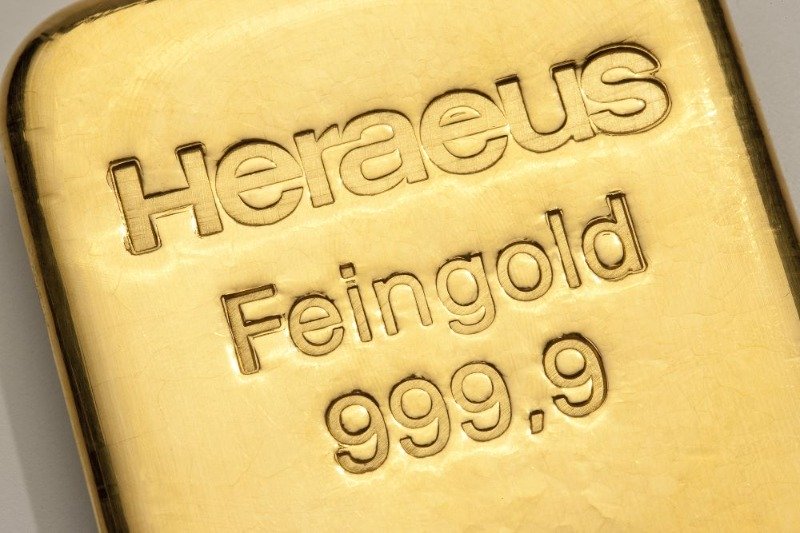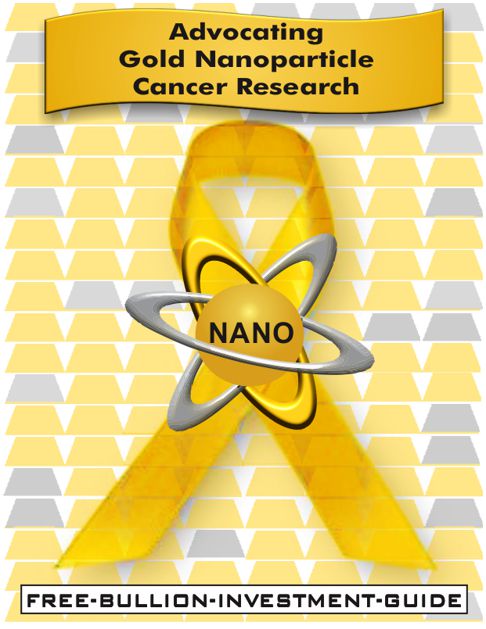Homepage / AuNP Research Blog / Q and A with a Pioneer in Medical Science Naomi J. Halas Ph.D

ExpressGoldCash - 4.9 star - Customer Reviews
Q & A
with a Pioneer in Medical Science
Naomi J. Halas Ph.D.
Originally Posted on 11/20/2018
Last Edited 3/29/2025
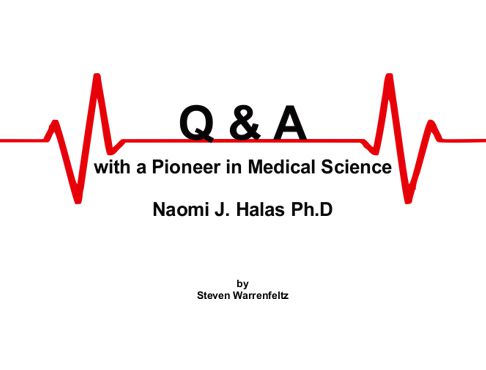
Pioneers are known for being the first to forge a new path to help others have a better life. Last week, Dr. Naomi J. Halas, a pioneer in nanoscience and medicine, answered some questions about her work in gold nanoparticle cancer research.
In my original offer to ask her some questions, I mentioned that I would either call or email her the questions; I had hoped to call her because she is a lovely woman. Unfortunately, I was dealing with the remnants of a cold, so I decided to email her.
Dr. Halas is the Professor of Biomedical Engineering, Chemistry, Physics & Astronomy and the founding Director of the Laboratory for Nanophotonics at Rice University in Houston, Texas.
She is a pioneer in the research of plasmonics, having created the concept of a “tunable plasmon” through gold nanoparticles' Surface Plasmon Resonance. Dr. Halas invented a family of gold nanoparticles with resonances spanning the visible and infrared regions of the spectrum.
She received her Ph.D. from Bryn Mawr College, has authored over 300 publications, and has presented more than 500 invited talks (here's one on Plasmonics), plus her research has been cited more than 40,000 times.
In 2023, Rice University promoted Dr. Naomi Halas to University Professor, the institution’s highest academic rank.
Dr. Naomi J. Halas
Questions & Answers
Q: In your perspective, how much of the medical/oncology community recognizes Gold Nanoparticle Cancer Research as a viable alternative to chemotherapy? or Is there a better way to administer chemotherapy?
A: The medical community does not yet view gold nanoparticle based photothermal therapy as a viable alternative to chemo. This will change as clinical trials progress and are successful (more on that in a moment!)
Q: Cytotoxicity: in some studies about using gold nanoparticles in the human body, researchers have claimed that Gold Nanoparticles have their benefits but could be toxic to the body. (link: https://bit.ly/2PnrkuF) When I investigated what happens to the gold nanoparticles after a treatment, I found that gold is inert in its physical and nano forms and that toxicity is not an issue. I often find the subject minute when it's compared to the toxicity of traditional chemotherapy treatments. However, what would be your response if someone asked you about gold's toxicity to the body in your research?
A: Cytotoxicity for gold nanoshells has been studied extensively, and Nanospectra (the company we formed to pursue clinical trials) has published data on that topic. In the extensive toxicity trials they saw no evidence whatsoever for toxicity.
Follow up: Below are links to two of the studies Dr. Halas referred to in her answer. ('AuroShells®' are a new class of nanoparticles developed by Nanospectra Biosciences, a company Naomi co-founded).
Evaluation of the Toxicity of Intravenous Delivery of Auroshell Particles (Gold-Silica Nanoshells)
Q: The Market: I know of only one Gold Nanoparticle Cancer Research Study in the United States that currently is using Humans in its Trials (link: https://bit.ly/2QFu8Qg) and one in India (link: https://bit.ly/2FkDRdO). What is your perspective on how close or far away Gold NanoParticle Cancer Therapy is from coming into the market?
A: The clinical trial by Dr. Art Rastinehad is with our nanoparticles!
This is a joint project between Nanospectra and Dr. Rastinehad, and has been so successful that it is expanding to other sites, which include the U. Michigan and UT Health Sciences Center in Houston.
There have been about 30 people treated thus far for prostate cancer and the results are absolutely outstanding.
No side effects from the treatment at all, other than increased urination (which is the DESIRABLE side effect!).
This is highly promising: the most enthusiastic proponents of this work are the doctors themselves, and now the patients as well.
Follow up: Below is a video from a local TV show in Texas called 'Houston Life' (11/09/2018), which interviews the doctor involved in the Houston Human Clinical Trials, Dr. Steve Canfield, the CEO of Nanospectra David Jordon, and the third patient in the Houston Clinical Trials, Frank Billingsley.
'Click here' for a link to help you learn more about this Clinical Trial.
Q: Your Research: I've written about your work using gold nanoshells with Iron to replace gadolinium as a contrast agent in MRIs and about your work using gold nanoshells to transport chemotherapy drugs to cancer cells. How is this research coming along?
A: Our research is going very well. Because the photothermal cancer therapy is in the clinic now, we are looking at new problems. One is to design nanoparticles that allow for the tracking of gene-edited cells after they are inserted into the body, and we have a collaborator focused on gene-edited cells. We are very optimistic about our ability to enable this new type of medical treatment based on CRISPR-Cas9 gene editing to be viable in the clinic.
Follow up: There is a lot of promise in using gold nanoparticles with CRISPR-Cas9; the following is from a report I wrote in the 1st Gold Nanoparticle Cancer Research News Report.
The report featured a blog post written by Francis S. Collins, the Director of the National Institute of Health, titled 'Gene Editing: Gold Nanoparticle Delivery Shows Promise.'
Dr. Francis S. Collins noted the following about using CRISPR-Gold to deliver CRISPR-Cas9 to help those suffering from Duchenne muscular dystrophy or DMD:
The CRISPR-Gold system—which consists of a DNA-linked gold nanoparticle containing Cas9, guide RNA, and a DNA repair template—is designed to enter cells through endocytosis, a process in which the cell engulfs outside molecules. A special polymer that encases the CRISPR-Gold system helps to ensure the gene-editing tools reach the cell’s genome in an active state.
In a series of tests, the researchers showed that CRISPR-Gold could enter a variety of cell types in laboratory culture, including immune cells, muscle cell progenitors, human induced pluripotent stem cells, and human embryonic stem cells. Once inside the cells, CRISPR-Gold could successfully find and edit a target gene in a non-toxic manner. Similar success occurred when CRISPR-Gold was injected into the muscles of living lab mice.
The next big challenge was to test CRISPR-Gold’s potential in a model of human disease. So, researchers turned to a mouse model of Duchenne muscular dystrophy (DMD), a fatal disorder characterized by progressive muscle weakening and caused by a mutation in the gene that codes for the protein dystrophin.
They injected CRISPR-Gold, containing a template for a healthy dystrophin gene, into the leg muscles of young DMD mice. At the same time, they injected a toxin intended to encourage muscle cells to multiply because, for CRISPR editing to work optimally, cells must be actively dividing.
The outcome was encouraging. After one injection of CRISPR-Gold, only about 5 percent of the dystrophin genes in the muscle tissue of the DMD mice had been corrected. What’s more, the animal’s muscles produced functional dystrophin protein, and they performed better on tests of muscle strength.
There was also good news on the safety front. The DMD mice didn’t appear to have a strong immune reaction to the treatment. The researchers also didn’t find evidence that CRISPR-Gold caused much, if any, unintended “off target” damage to the animals’ DNA.
The findings suggest that, pending further replication, optimization, and careful testing, CRISPR-Gold may be promising for treating humans with DMD.
Lastly, I have no doubt that Dr. Naomi Halas and her team will find the answers to make their research into a better way to treat cancer because that is what pioneers do: they forge new paths to help others live better.
Thank you for your time,
Take Care & God Bless,
Steve

ExpressGoldCash - 4.9 star - Customer Reviews
Other pages, on this Guide, that you
may like...
|
|
|
For Bullion Market News...
Visit the Homepage
Notice:
The charts, commentary, and information on the Free-Bullion-Investment-Guide.com are not meant to encourage you to invest or divest in any particular way.
|
Support this Guide & Paypal Thank You for Your Support |
|
|
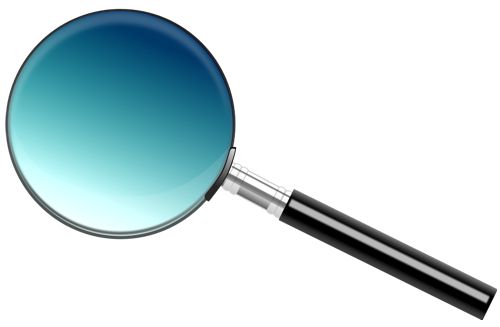 | |||||

This website is best viewed on a desktop computer.
Keep this Guide Online
& Paypal
Thank You for
Your Support
with Feedly
Search the Guide
| search engine by freefind | advanced |
Premium Canadian Bullion

Give a lasting gift of the iconic Silver Maple Leaf bullion coin [More]
Free Shipping on Orders over $100 (CDN/USA)
or
From the U.K. Royal Mint
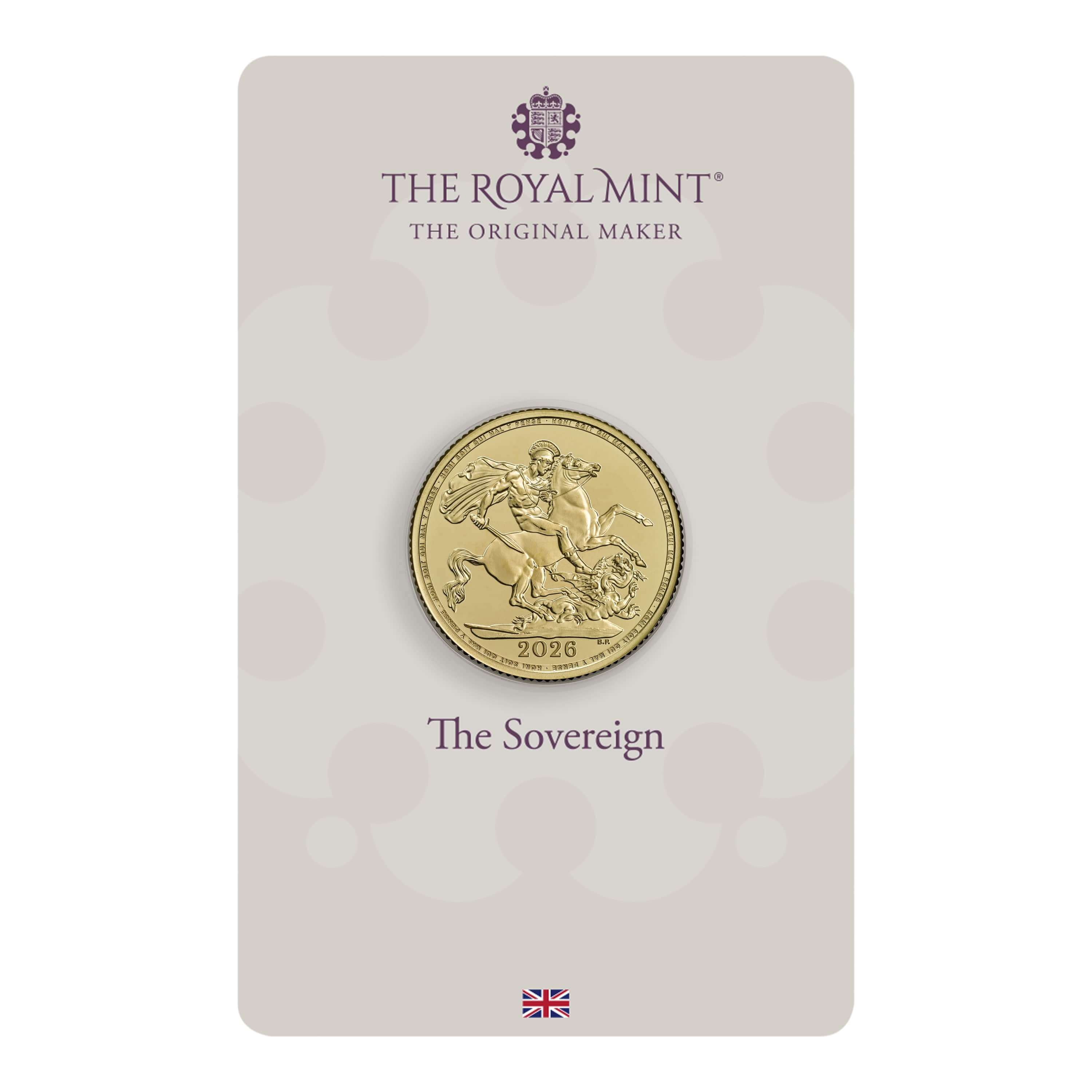

Daily
Newsletter
Updated Mintages for
American Gold Buffalo
American Gold Eagle
American Silver Eagle
2024 & 2025
Jerusalem of Gold Bullion
Coin photos
(bottom of page)
Mintages
for
2024
Gold & Silver Mexican Libertad
|
Gold Libertads |
Chinese Gold Coin Group Co.
& Chinese Bullion
Help Us Expand our Audience by forwarding our link
www.free-bullion-investment-guide.com.
Thank You!
Last Month's

In No Particular Order
November 2025
All Articles were Originally Posted on the Homepage

